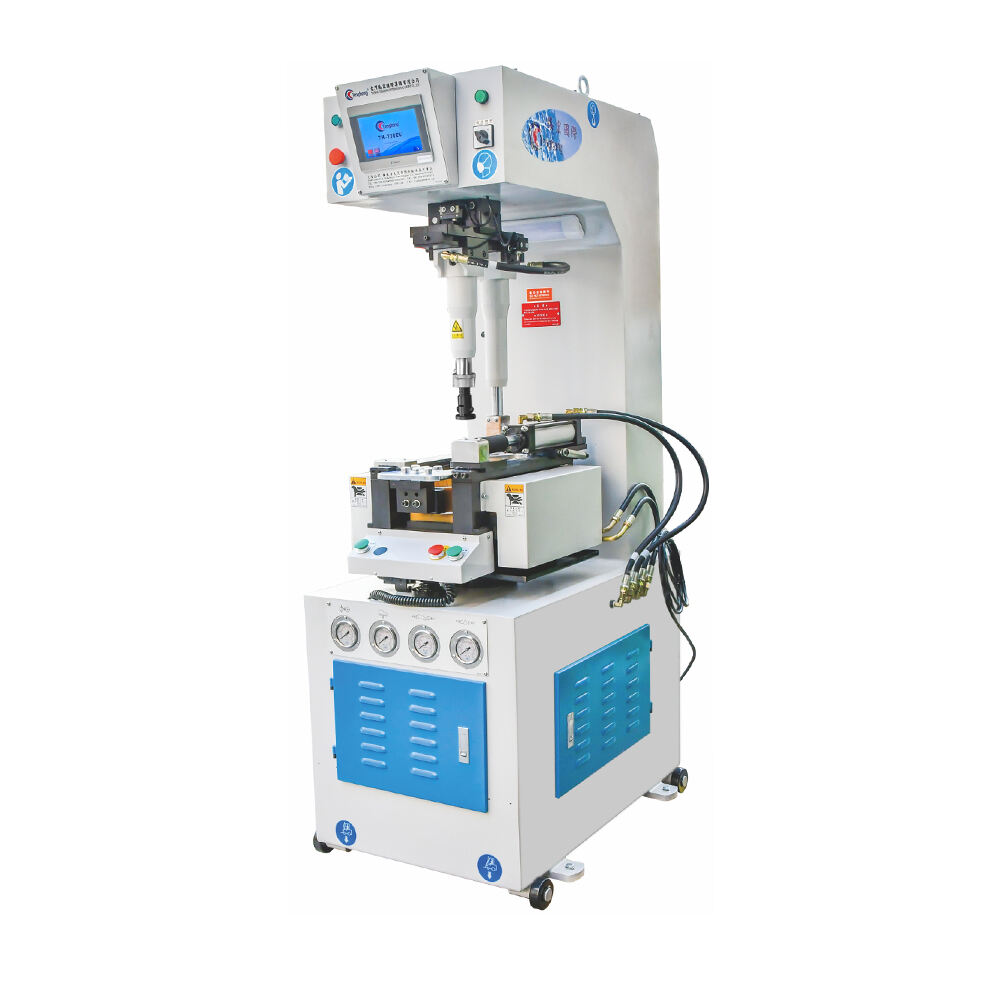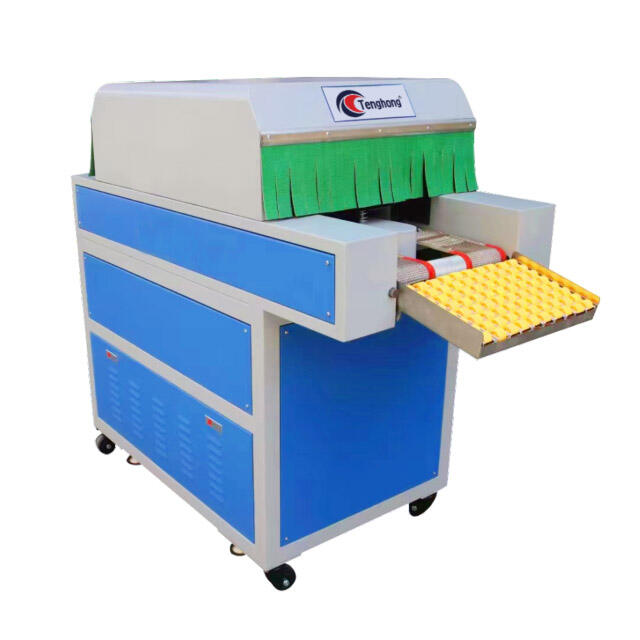Orthopedic Shoe Production: Specialized Sole Attaching Techniques Demystified
Key Techniques in Orthopedic Sole Attachment
Hydraulic Compression Systems for Durable Bonding
In making orthopedic shoes, hydraulic compression systems have become pretty much necessary because they apply steady pressure when attaching soles. This matters a lot since it creates a strong connection between the sole and the upper part of the shoe. Traditional ways of bonding just don't hold up as well. Shoes made with hydraulic systems last longer before the soles start coming loose. Another big plus is that these systems cut down on wasted adhesive material. Factories save money on supplies and run smoother operations overall. Plus, there's less environmental impact from all that extra glue going to waste. Manufacturers appreciate this aspect especially now with growing concerns about sustainability in footwear production.
Hydraulic systems beat out manual approaches and older technologies in quite a few ways. They create consistent pressure throughout, so bonds stay strong all over the surface area without those pesky weak spots we often see elsewhere. Product quality just gets better overall when using this method. Industry testing shows something pretty impressive too hydraulic compression actually boosts bond strength around 30 percent higher than what traditional methods achieve. When making orthopedic footwear, this matters a lot. The shoes end up meeting all required safety specs and last much longer, but there's another bonus nobody talks about enough the extra comfort factor. People who wear them day after day notice the difference in how reliable these shoes feel underfoot compared to other options on the market.
Multi-Station Pressure Application Methods
Using multi station pressure tech in orthopedic shoe manufacturing really speeds things up when it comes to attaching soles. The process cuts down on how long each shoe takes to make and saves money on labor too. What happens is several pressure points work at once across different areas of the shoe, which means better adhesion between materials and fewer quality issues down the line. Manufacturers love this approach because they can adjust settings depending on whether they're working with leather uppers or synthetic materials. Some factories report being able to handle three times as many pairs per day after switching to these systems, especially when dealing with complex custom orders that require precise fit adjustments.
Multi station pressure techniques are seen by many professionals as a real game changer for making orthopedic shoes. These methods create much better bonding between materials, so the finished shoes are stronger and last longer. That matters a lot when we're talking about orthopedic footwear where patients rely on precise support and dependable construction day after day. Another big plus of this approach is how it keeps quality consistent even when producing large quantities. Manufacturers can rest assured knowing each pair coming off the line will meet those high standards required for medical grade footwear, something that just wasn't possible with older manufacturing approaches.
Heat-Activated Adhesive Integration
Bringing heat activated adhesives into orthopedic shoe production marks a real step forward for manufacturers. When these special glues hit their activation temperature, they create a much better first bond between materials while still maintaining that hold over time. Traditional approaches just don't match up when it comes to handling different conditions shoes face daily. The flexibility factor is where these new adhesives really shine too. Patients wearing orthopedic footwear need comfort that lasts through all sorts of activities, from walking around stores to climbing stairs at home. Heat activated options give designers more freedom to build supportive yet comfortable shoes without worrying about seams coming apart after repeated use.
Orthopedic soles benefit greatly from these special adhesives because they make the shoes more adaptable to different foot shapes and sizes, something that really matters when it comes to comfort. When the bond between materials is flexible enough, people can walk naturally without feeling restricted, yet still get proper arch support throughout their day. Studies have shown time and again that heat activated adhesives stand up better against daily wear and tear than other options. They last longer too, which means fewer replacements down the road. Compared to old fashioned glues, these modern materials just work better in practice. People who need supportive footwear want something that will keep performing well month after month, not fall apart after a few weeks of regular use. That's why manufacturers continue to invest in these advanced bonding solutions despite higher initial costs.
Advanced Machinery for Precision Production
Computer-Controlled Sole Press Technology
Orthopedic shoe manufacturers are seeing big changes thanks to computer controlled sole press tech, which brings much better accuracy during pressing operations. The machines come with sophisticated software that lets operators tweak pressure levels and temperatures on the fly something that makes all the difference when trying to get good results from manufacturing runs. Shops that started using these systems noticed their defect numbers going down quite a bit. Looking at actual shop floor data tells the same story about production improvements too. One particular plant saw defects drop around 30 percent after switching over to computer controlled presses. All these numbers point to why this kind of technology has become so important for anyone serious about making quality orthopedic shoes consistently.
Automated Stitching Machine Integration
Automated stitching machines are changing how orthopedic shoe production works, helping manufacturers keep up with demand while still delivering good quality products. Modern versions come with programmable settings that let them stitch precise patterns required for those special orthopedic designs. When companies switch to automated stitching, they typically save money on labor costs and get their products made faster without sacrificing what makes the shoes work properly. Factories that have adopted these systems report better output numbers and fewer mistakes happening during production runs. Beyond just making things quicker, these machines help ensure orthopedic footwear actually provides the support and comfort people need when they wear them day after day.
Wrinkle Elimination Through Thermal Engineering
In making orthopedic shoes, thermal engineering plays a big role in reducing those annoying wrinkles that form on the upper part of the shoe. These wrinkles really affect how nice looking the finished product appears to customers. When manufacturers incorporate heat treatment methods throughout their production process, they end up with shoes that work well for support while still looking good on display shelves. The smoother finish makes all the difference when it comes to what consumers want from their orthopedic footwear. Industry experts have noticed a clear connection between wrinkle free manufacturing and better sales numbers because people care about both comfort and appearance when buying special shoes for foot problems. Most companies now focus on getting this balance right so their products satisfy medical requirements without sacrificing fashion sense.
Specialized Equipment for Orthopedic Manufacturing
TH-710E Heavy-Duty Hydraulic Sole Attacher (16-Side Pressure)
The TH-710E stands out as top-tier equipment for hydraulic sole attachment work thanks to its impressive 16-point pressure system. What really sets it apart is how it strengthens bonds during manufacturing, so orthopedic shoes come out meeting those strict quality requirements. One great thing about this machine? It works well with all sorts of different materials, which means shoe factories can produce everything from ladies' flats to men's boots in various sizes without changing setups. Shops that switched to the TH-710E tell us they're getting way better output rates and fewer rejects on the production line, which speaks volumes about how effective it is at streamlining operations. For any facility looking to boost productivity without sacrificing quality control, investing in this kind of technology makes total sense these days.
TH-710EU PLC-Controlled Mini Attaching System
The TH-710EU is basically a game changer when it comes to compact machines for small scale orthopedic shoe manufacturing. With its PLC controls, operators get really precise results without needing to struggle through complicated setups. What sets this machine apart is how adaptable it actually is. Small startups can start with basic operations and then expand as their business grows, while bigger manufacturers find it works great for running larger batches too. We've seen plenty of real world examples where companies using the TH-710EU managed to crank out way more products without sacrificing quality standards. One clinic in particular doubled their daily output after switching to this system, and another manufacturer reported consistent results even during those busy holiday rush periods when demand spikes unexpectedly.
TH-517 Outsole Wrinkle Chasing Machine
When it comes to keeping outsole finishes at top quality levels, the TH-517 really shines because it tackles those pesky wrinkles head on. Getting rid of wrinkles matters a lot - not just for making shoes look good, but actually affects how long orthopedic footwear lasts through daily wear. Factories that bring the TH-517 into their workflow see real improvements in both how fast they can produce shoes and what they spend on materials. What makes this machine stand out? Its special design features like the V-shaped air outlets and controlled hot air flow system spread heat evenly across surfaces, which means no more guesswork when dealing with stubborn fabric creases. Most manufacturers who've switched to using this equipment report fewer returns from customers too, since the final product looks so much better than before. Pretty much everyone in the orthopedic shoe business agrees now that investing in something like the TH-517 pays off big time in customer satisfaction.




